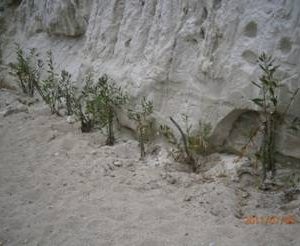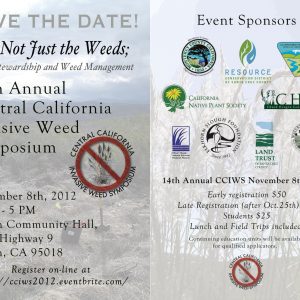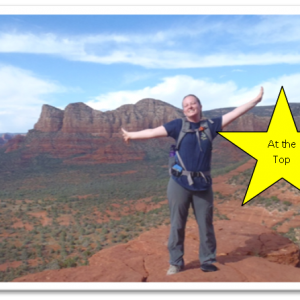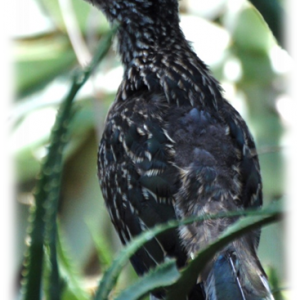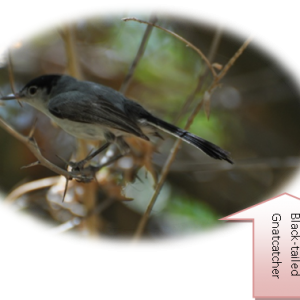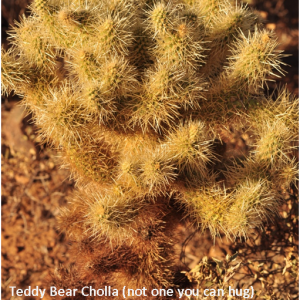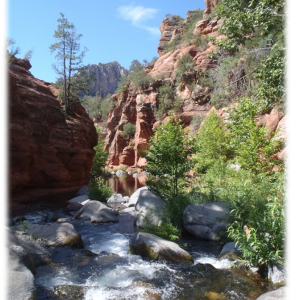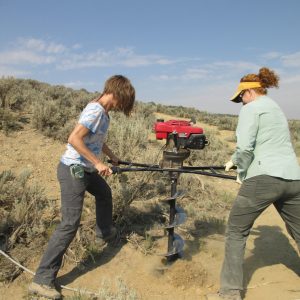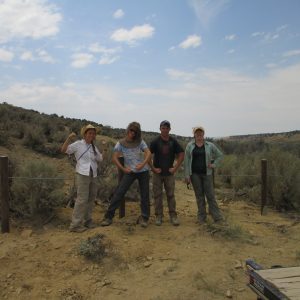Well, it’s about that time. Five months has come and gone, and my internship with the BLM Needles Field Office is coming to a close next week. You know how they say “time flies when you’re having fun,” right? It’s true, I’ve had a blast, made some great friendships (especially with my fellow CLM Interns), and learned an incredible amount. I cannot believe that it is already over.

Co-CLM Intern Nate with a Desert Horned Lizard (Phrynosoma platyrhinos)
Before coming to Needles, I was told that it was going to get hot, very hot . . . like 120° F hot! In fact, Needles, CA often trades places with Badwater in Death Valley NP as the hottest place in the US! I had never lived somewhere in the summer with that type of heat, so did not know what to expect. As with anything you adapt, and all of the interns here are still riding our bikes to and from work, just like in the cooler months. The saving grace from the heat is the Colorado River running right through town; you can go down there and cool off any time of day. If you are willing to drive, you can always get away from the heat and see some really cool stuff on the weekends! Needles is centrally located between many really interesting natural landmarks, with the best visitation times split throughout the year:

Kelso Dunes in the Mojave National Preserve
In the cooler months, visit Joshua Tree National Park (SW, 2.5hr), Mojave National Preserve (W, 1hr), Death Valley National Park (NW, 4hr), Las Vegas with the Red Rock National Conservati0n Area, Lake Mead National Recreation Area, and Valley of Fire State Park (N, 2-3hr), Zion National Park (NE, 4.5hr), Southern Arizona with the Oregon Pipe National Monument, Sonoran Desert National Monument, and Saguaro National Park (SE, 4-6hr), and Lake Havasu City with the Havasu and Bill Williams National Wildlife Refuges (S, <1hr). When the Mojave Desert really starts to heat up, head up in elevation to Big Bear, Idyllwild, Mt. San Gorgonio, and Mt. San Jacinto in the San Bernadino National Forest (SW, 3-4hr), the California Coast (SW, 4-5hr), the Southern Sierra Nevada Mountains (NW, 4-5hr), Mt. Charleston in the Spring Mountains National Recreation Area (N, 3hrs), the Hualapai Mountain Park near Kingman, AZ (NE, 1hr), and Flagstaff and the Grand Canyon (E, 3-3.5hr).

The Cabin at Horsethief Spring
There aren’t just cool things around Needles, but the Needle Field Office holds some pretty unique biology and geology. From the Kingston Range in the North, with the abundant cottonwoods, bobcats, and coyotes at Horsethief Spring, to the Cadiz and Sheephole Valleys in the South, with extensive sand dunes and rugged mountain ranges, the landscape in the Eastern Mojave is incredibly diverse. When you are seeing something new and exciting, every day in the field an awesome experience.

Cadiz Valley
My internship project was split into two parts: 1) A Species Inventory for the Mojave Fringe-toed Lizard (Uma scoparia) within the Needles Field Office, and 2) Density Sampling for MFTLs at two individual dune locations. This project required a large level of self reliance and motivation for research. However, now that I am finishing up I realize that all of the hard work was worth it. I was somewhat worried when my original mentor (our only Wildlife Biologist) left to take another position half-way through the internship. However, the rest of the staff and the other interns stepped in to help whenever necessary. Committing myself to one project for this five-month period has been similar to completing a “mini-thesis,” and has given me a good taste of what working on and publishing a graduate thesis will feel like. I am happy with the work that I have completed, which is thorough enough to have been incorporated with the US Fish & Wildlife Service’s MFTL occupancy records. My inventory should help any future researchers working with MFTLs to help determine whether federal or state protection for the species is warranted.

Mojave Fringe-toed Lizard (Uma scoparia)
I was able to help with other projects as well, ranging from bat surveys with the Bureau of Reclamation, to Abandoned Mine Lands surveys and Seeds of Success work, which only further helped my development as a biologist. The Intern Workshop was an especially valuable networking tool and provided a sense of community with other CLM interns across the west. I have really enjoyed my time working for the BLM in Needles and as a CLM Intern. I have learned what working in a Bureau of Land Management office is really like, which has given me valuable insight into whether or not I want to continue working for the federal government. Unfortunate the five months has flown by, but with many good times and valuable experiences. Now it’s time to move on to the next adventure . . .

Searching for the next adventure . . .
So until the next time,
“May your trails be crooked, winding, lonesome, dangerous, leading to the most amazing view. May your mountains rise into and above the clouds. May your rivers flow without end, meandering through pastoral valleys tinkling with bells, past temples and castles and poets towers into a dark primeval forest where tigers belch and monkeys howl, through miasmal and mysterious swamps and down into a desert of red rock, blue mesas, domes and pinnacles and grottos of endless stone, and down again into a deep vast ancient unknown chasm where bars of sunlight blaze on profiled cliffs, where deer walk across the white sand beaches, where storms come and go as lightning clangs upon the high crags, where something strange and more beautiful and more full of wonder than your deepest dreams waits for you – beyond that next turning of the canyon walls.”
Benedicto – Edward Abbey
Jeff Gicklhorn
BLM Needles Field Office







